Hot on the heels of the controversial OpenSpaces announcement, Linden Lab have posted a roundup of communication channels for Second Life residents.
It’s a fair hodge-podge of channels, from Twitter to RSS and web. To be fair, Linden Lab aren’t claiming it’s an integrated strategy and there’s certainly a lot of options for residents to glean information. It’s just that in-world communications from Linden Lab remain infrequent and the 2D ones are scattered. On checking out the
There’s no doubt there’s some activity behind the scenes at Linden Lab to improve things – but determining whether it’s a broad effort or some frantic efforts by an overworked few remains the challenge. We’d love to hear you thoughts – in an ideal world, what communications strategy would you like to see from Linden Lab?

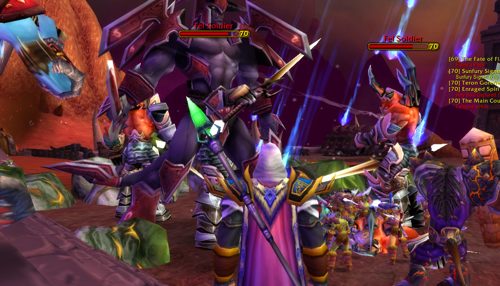
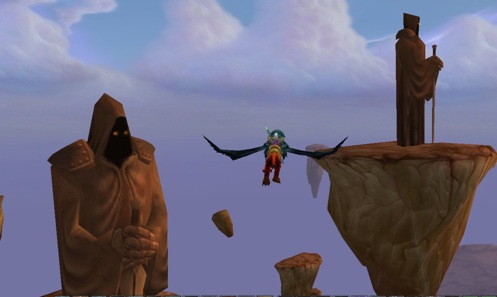
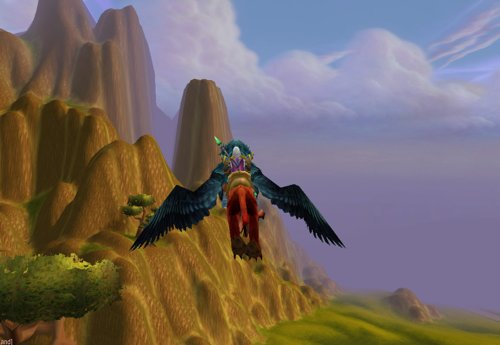
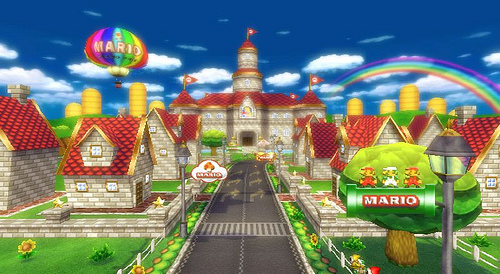

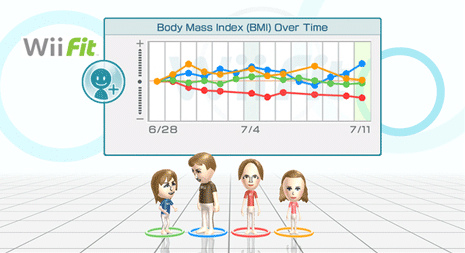
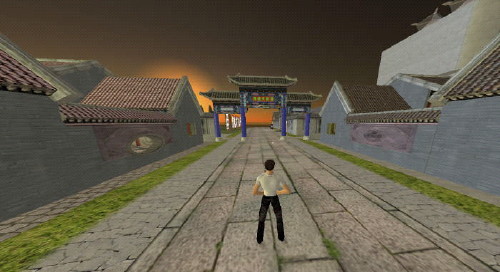
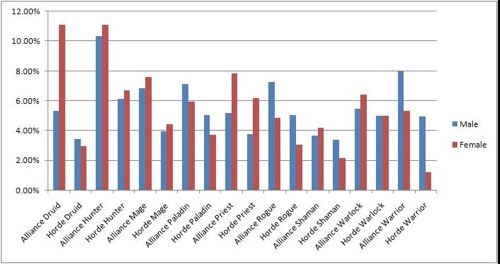
Recent Comments